iteachart
now browsing by tag
The Art21 Experience, by Marie Elcin
Philadelphia art teacher, Marie Elcin, was one of ten art teachers from across the country to attend the Art 21 Summer Institute Workshops in New York City. What an honor for Marie, and how exciting for us to hear about her experience!! Perhaps it will inspire you to be one of the next Art21 educators? Thank you Marie for putting this blog entry together (and on such short notice!). Here in her words, Marie tells us about her Art 21 experience in NYC:
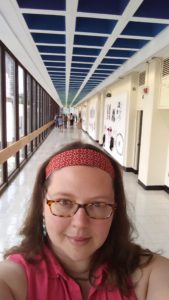 “When I attended Joe Fusaro’s session about ART21 at NAEA in New York this past March, I knew this was the year I had to go for it: apply to be an ART21 educator. The application involved writing about my viewpoints on contemporary art and how I use it in the classroom, and writing up a sample unit plan for a contemporary art experience. The fun, but challenging part of the application was filming and editing a 5 minute introductory video (https://youtu.be/D4b61PPRLvI )to explain why I wanted to be in the program (they like to see your personality and tech skills!). When the acceptance announcement came out, (https://art21.org/2017/06/06/welcome-to-our-new-art21-educators/ ) I was over the moon with excitement and anticipation, and I couldn’t wait for the school year to hurry up and finish already so I could get to New York City.
“When I attended Joe Fusaro’s session about ART21 at NAEA in New York this past March, I knew this was the year I had to go for it: apply to be an ART21 educator. The application involved writing about my viewpoints on contemporary art and how I use it in the classroom, and writing up a sample unit plan for a contemporary art experience. The fun, but challenging part of the application was filming and editing a 5 minute introductory video (https://youtu.be/D4b61PPRLvI )to explain why I wanted to be in the program (they like to see your personality and tech skills!). When the acceptance announcement came out, (https://art21.org/2017/06/06/welcome-to-our-new-art21-educators/ ) I was over the moon with excitement and anticipation, and I couldn’t wait for the school year to hurry up and finish already so I could get to New York City.
Left: Leonardo Drew’s Studio
Right: Selfie with Calder at the Whitney
After traveling up to Manhattan on the 4th of July, we had a whirlwind week through the Whitney Museum of Art for workshops to Brooklyn for a visit to the studio of Leonardo Drew and Dieudonne for a paper-pulp painting workshop, to the Museum of Natural History for an institutional/curatorial critique with artist David Brooks, to a New York Public High School classroom to brainstorm with teens, and to the Kitchen for a performance by artist Aki Sasamoto.
Left: David Brooks and Joe Fusaro at the Natural History Museum
Right: Dieudonne Paper Pulp Painting Workshop
Left: Open Spaces Brainstorm
Right: Glen Ligon at Harlem Studios Museum
Along the way we had time to explore NYC museums on our own (hello Harlem Studio Museum!) and time to work and process the experience to start developing our own resources to use in the classroom. It was the best professional development I’ve ever had because we got to see art, meet artists, make art, and learn best practice from our peers through hands-on learning- not boring lecture.
 I thought when I applied to the program that it would be just a one-year experience. What I’ve really become a part of is a community of educators around the country who are dedicated to ongoing professional development and collaboration with the focus on how to use contemporary art in the classroom. Not only was my 2017 YEAR 7 cohort of 10 educators from around the country attending the institute, but nearly 20 other educators joined us from past cohorts to introduce us to the practice of being an ART21 educator. Throughout the next year I’ll be collaborating intensely with members of my cohort and our mentors, but once an ART21 educator, always an ART21 educator.
I thought when I applied to the program that it would be just a one-year experience. What I’ve really become a part of is a community of educators around the country who are dedicated to ongoing professional development and collaboration with the focus on how to use contemporary art in the classroom. Not only was my 2017 YEAR 7 cohort of 10 educators from around the country attending the institute, but nearly 20 other educators joined us from past cohorts to introduce us to the practice of being an ART21 educator. Throughout the next year I’ll be collaborating intensely with members of my cohort and our mentors, but once an ART21 educator, always an ART21 educator.
I’m still figuring out what that will mean to me moving forward. The goal is to think about how to make learning in the art room inquiry based and not merely expressive. Contemporary artists research and explore ideas and questions that drive their practice- so students should be working in similar ways. How can we get students to ask questions and be motivated to find out the answers or experiment with ideas and artistic processes? How can we create dialogue and reflection in the classroom when those big questions lead to difficult conversations? How can we encourage innovation and creativity among our students?
Fortunately, there is a wealth of resources available on the ART21 website to use as inspiration. Check out the Learning Library page, which has questions and prompts with related artists to look at:
https://art21.org/for-educators/tools-for-teaching/learning-library/?filter-media-material=The educator guides that accompany each season are all available as pdfs: https://art21.org/for-educators/tools-for-teaching/guides/educators-guides/
And now that the website has been revamped, each video is cross-indexed so you can see everything about a single artist that is available, including videos, image libraries, and articles.
Finally, ART21 puts out a monthly online magazine with info about artists and increasingly, articles by ART21 educators about how they are implementing contemporary art-based curriculum in their classrooms. http://magazine.art21.org/
Organization in the Art Room
The following query was posted to our PAEA Facebook Page. Members chimed in, and their responses are below for your benefit and organizational enjoyment! I’m getting goose pimples already thinking about the wonderful ways to organize!!!!
“Please share some of your unique and successful classroom organizational devices/structures. How do you store 2-D work? How do you store 3-D work? What do you feel is necessary to always have on the table? What are your art room life hacks? Etc…”
Marita Fitzpatrick of Bodine High School in Philadelphia suggests: “For small 3d (our recent stuffed toys): I have a copy paper box for each class. The students put their work in manila envelopes, write their names on them and I have one person from each table collect the envelopes and return them to the box. For 2d, each table puts their work in folders marked w the table color (tables are color-coded) and that goes in the copy paper box. This box is marked, period 1, period 2, etc. I have a closet of shelves for ceramics and each kid gets a shoe box to store their stuff in. It keeps the others from touching the work and breaking it. Students wrap their work in dry cleaning plastic to keep it moist. I regularly have kids empty the drying rack, sort the work and put it in the copy paper boxes. I keep nothing on the tables, because the stuff disappears and they put trash in the containers. I store markers and colored pencils in plastic pencil boxes on open shelves in the room and number them. I never look at the numbers or count them, but the kids think I do, so nothing disappears. On those shelves, I also have scissors and other frequently used supplies that students have open access to.”
Alison Elizabeth of Lancaster, PA shares her planning strategy: “Each class I teach is a different colored sticky note. This calendar is glued into the front of my sketchbook (which I use for all of my demos, meeting notes, and conference notes). It’s all with me and ready to go at all times.”
Linda Keels suggests making the investment in folding tables from the local hardware store (she uses 3) for about $30-40 a piece—there is room to hold up to 6 classes worth of work (she teaches 12) which forces her to keep it moving and the kids to stay on track for 3-D things.
Eleanor A-Evans For stores 3D work, such as clay sculptures and paper mache on ‘mobile pan racks’ (like the one in the photo- thanking Google image search). Depending on your supplies resources, the cost on the average is under $90, and can be the solution for saving space and stowing away the masterpieces!
Julie Schedin share with us how her students creatively tackle this issue with a little design thinking! “My Crafts class yarn bombs a coat hanger. They own the airspace above their seat, and hang all work (basket weavings, etc) from the coat hanger in the drop ceiling. The room develops a type of “rainforest canopy” but a least we can keep 3d projects organized and handy.”
Judi Treffinger of Carlisle, and formerly the Carlisle Area School districts has an idea for yarn storage! “You know all those large gallon sized plastic food containers your cafeteria gets when they purchase food? I duct tape then together with the open sides up and use them to store and separate skeins of yarn. They can sit on a counter top, or stash neatly in a cupboard with open ends facing out- all colors are visible and yarn doesn’t get tangled!”
Moore College of Art and Design Alumni, Autumn Rae suggests art teachers to follow her Instagram: mrsdow_artroom where shes posts things about classroom display and specific grade levels k-5 . She posts lots of classroom things about organization what materials I use.
Autumn also shares:
“- Container store bins are the best!
– It needs to be organized and colorful for me to function. I cannot stand messes or piles.
– I keep messes at the middle table whenever possible.
– I use my drying rack when I can but I actually love rolling out a sheet of paper and either working on the floor with the kiddos or having them dry their work flat and organized on a sheet of paper. Work great for printmaking each student gets a row for all their prints.
– All my notes are on my Instagram that describe each photo and what it relates to classroom, display, or a grade level.”
Autumn teaches art to 881 students k-5 students. She describes, “We are an emotional support school with a high ESL population and also a title 1 school. I have put lots of my own money into my class but once the upfront cost is paid off then I have all these organizational systems in place for years to come. I need everything organized like I said but also kid friendly. I have created two closets for classroom teachers and stock it at the beginning of the year so they don’t ask me for supplies I need for my own classes.”
Woah Autumn! Thanks for all of that!!! Loooooove the colors!!! And there is no denying where those pencils came from!!
Daisy Konowal uses a system of table color folders. 2 sets- one for work in progress and one completed work. Also, Daisy uses sheets/fabric/blankets to cover her shelves to limit access to shelves.
Sunnylee Mowery of Philadelphia’s Greenfield Public School strives to make my classroom organization methods so easy a kid can do it! Each table is color coded and this helpful chart rotates at the start of each week so everyone knows who is in charge of what. The artists are expected to pass out work and supplies, monitor volume, tidy table bins and floors, and even call each other to line at the end of class.
Sunnylee has clearly labeled bins with teacher name are organized by grade level. All supplies that accompany the project are placed above in their grade section.
Sunny poses the question, “How do students monitor sound, you ask? The volume giro migrates to the table in charge of volume each week. If the room gets too noisy, the students “ring” the giro to signal to the class to quiet down. If we get 3 giro rings, we lose the privilege to talk.”Click Here for a link to the video of the magical giro sounds that have the power to quiet students!
Kim Horan Colasante, art teacher in the School District of Philadelphia shares, “My routine is very much the same as Sunny’s. Each table has a color, table folders or student folders are matched to the table they sit at. I have a job chart, students give out folders, supplies, paint patrol, and floor sweepers. Jobs rotate weekly according to table colors. Supplies are located in front of the room and Barney’s Cleanup song plays at the end of every class 10 minutes to go. The students know to stop, put their work away and do their jobs. The ones that are done sing to barney. (I teach middle school) they dab to it also. It only plays for a minute so work must be away by the time song is done. then folders are collected and floors swept etc. 3D work is done a bit differently due to lack of space in classroom. When Barney plays each table brings me their 3d work and I place it in a special section so that they may retrieve it the following day. Clay is kept in large Rubbermaid containers until in it ready for drying.”
What do you do in your classroom?????

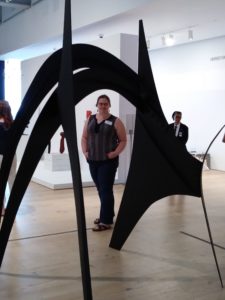
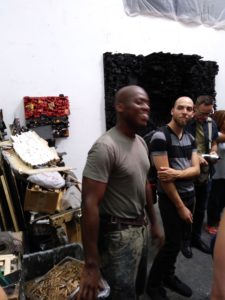

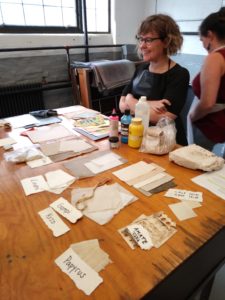
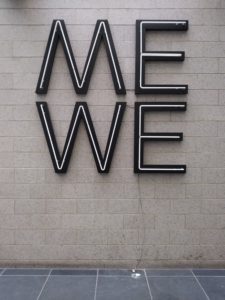
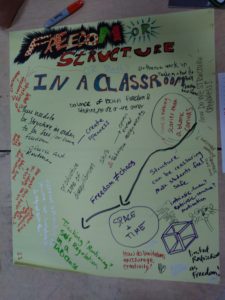
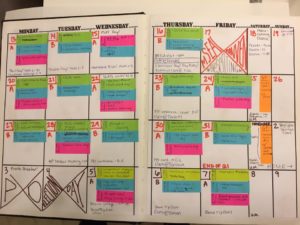
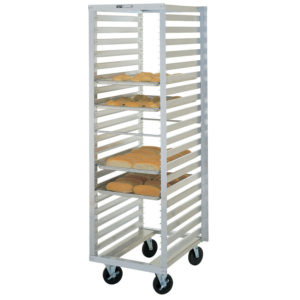
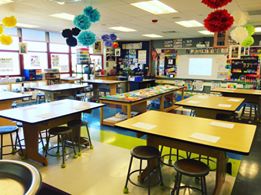

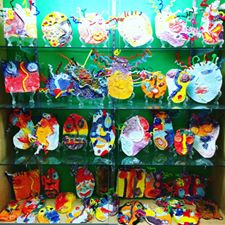
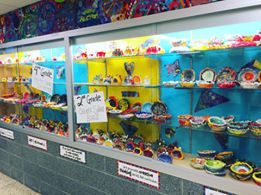
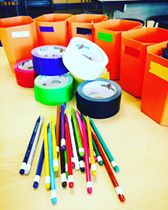
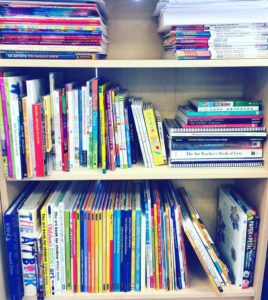

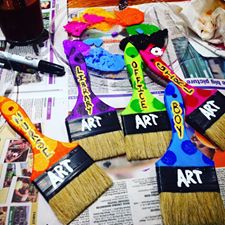
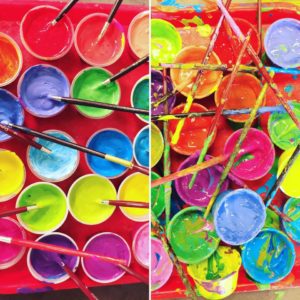
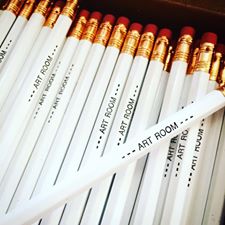
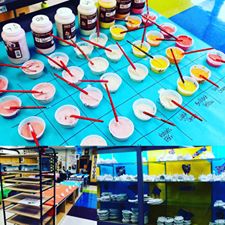
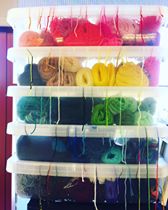
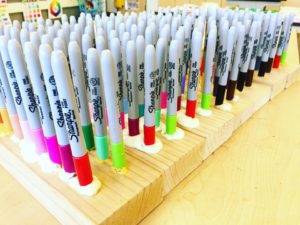
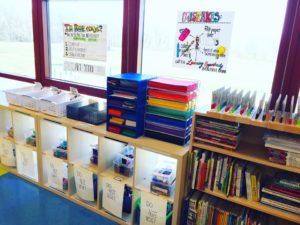
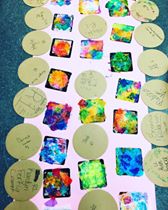

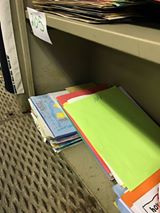
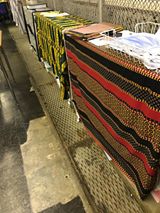
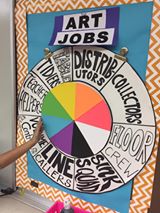
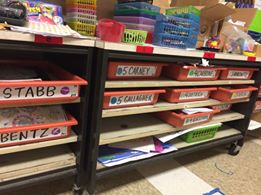
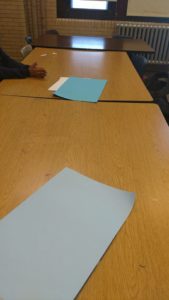
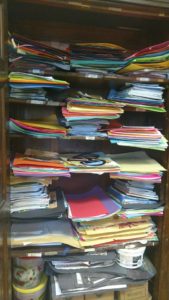
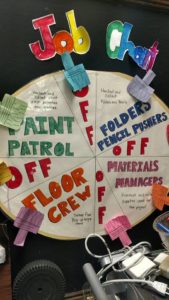
 D5 Creation
D5 Creation